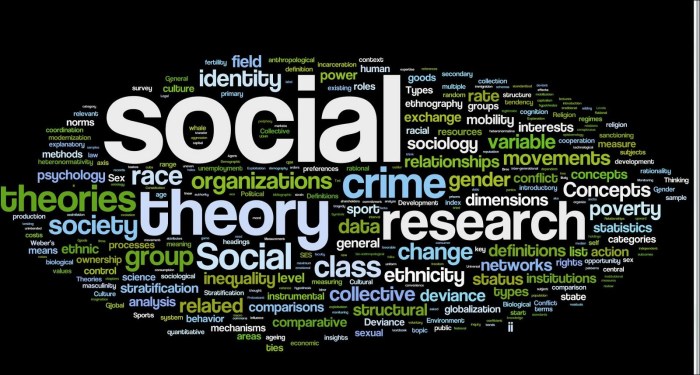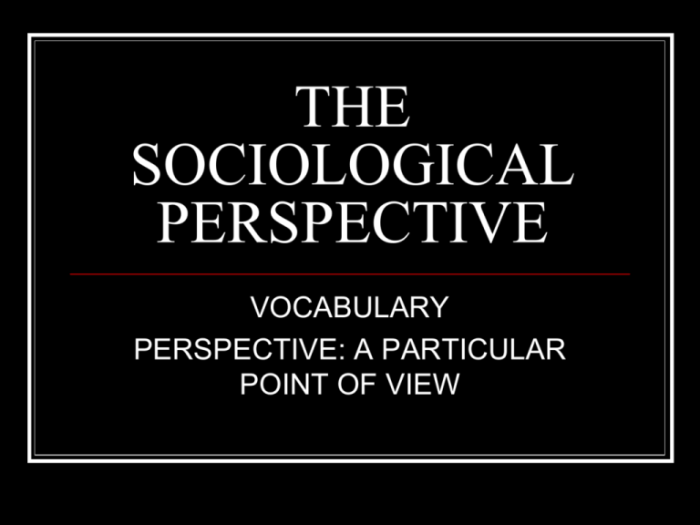The sociological study of masculinities demonstrates that masculinity is not a fixed, biological trait but rather a social construct shaped by cultural, historical, and social factors. This perspective challenges traditional notions of gender and reveals the complex and multifaceted nature of masculinity.
Through the lens of sociology, we can explore the different types of masculinities that exist, from hegemonic masculinity, which dominates social norms and expectations, to marginalized masculinities, which are often devalued and excluded. We can also examine the relationship between masculinity and power, how it is used to maintain social hierarchies, and how it can be challenged.
Masculinity as a Social Construct

Masculinity is not a fixed, biological trait, but rather a social construct that is shaped by cultural, historical, and social factors. This means that the way we define masculinity and the expectations we have of men vary from society to society and over time.
One of the most important things to understand about masculinity is that it is not simply the opposite of femininity. Masculinity is not defined by what men are not, but by what they are expected to be. These expectations can vary widely, but they often include things like being strong, tough, and independent.
Types of Masculinities
There is no one-size-fits-all definition of masculinity. Different cultures and societies have different ideas about what it means to be a man. As a result, there are many different types of masculinities.
- Hegemonic masculinityis the dominant form of masculinity in a given society. It is the type of masculinity that is most valued and rewarded.
- Marginalized masculinitiesare types of masculinity that are not as highly valued as hegemonic masculinity. These masculinities may be associated with certain groups of men, such as gay men or men of color.
- Alternative masculinitiesare types of masculinity that challenge traditional notions of masculinity. These masculinities may be more inclusive and less rigid than hegemonic masculinity.
Masculinity and Power
Masculinity is closely linked to power. In many societies, men are seen as being more powerful than women. This is due in part to the fact that men are often seen as being more physically strong and aggressive than women.
Masculinity can be used to maintain power in a number of ways. For example, men may use violence to intimidate or control women. They may also use their economic power to control women’s access to resources.
Masculinity and Intersectionality
Masculinity is not the only social identity that men have. Men also have other identities, such as race, class, and sexuality. These identities can intersect with masculinity to create unique experiences for men.
For example, a black man may experience racism in addition to sexism. A gay man may experience homophobia in addition to sexism. These experiences can make it difficult for men to fully participate in society.
Masculinity and Violence
Masculinity is often associated with violence. This is because men are often seen as being more aggressive than women. However, it is important to remember that not all men are violent.
There are a number of factors that can contribute to violence against women. These factors include:
- Social normsthat condone violence against women
- Economic inequalitythat gives men more power over women
- Mental health issuesthat can lead to violence
Masculinity and Mental Health, The sociological study of masculinities demonstrates that
Masculinity can also have a negative impact on mental health. This is because traditional notions of masculinity can lead to men feeling pressure to be strong and stoic.
This pressure can lead to men bottling up their emotions and avoiding seeking help for mental health problems. As a result, men are more likely than women to die by suicide.
Masculinity and Social Change
The sociological study of masculinities can help to promote social change and challenge gender inequality. By understanding the different ways that masculinity is constructed, we can begin to challenge the traditional notions of masculinity that perpetuate gender inequality.
There are a number of ways to promote transformative masculinities. These include:
- Educating men about the different types of masculinities
- Challenging traditional notions of masculinity
- Supporting men who are challenging traditional notions of masculinity
General Inquiries: The Sociological Study Of Masculinities Demonstrates That
What is hegemonic masculinity?
Hegemonic masculinity refers to the dominant form of masculinity in a society that is associated with power, status, and privilege.
How does masculinity intersect with other social identities?
Masculinity intersects with other social identities, such as race, class, and sexuality, to shape unique experiences of gender and social stratification.
What is the relationship between masculinity and violence?
Traditional notions of masculinity can contribute to violence against women and other marginalized groups through the perpetuation of social norms and expectations.


